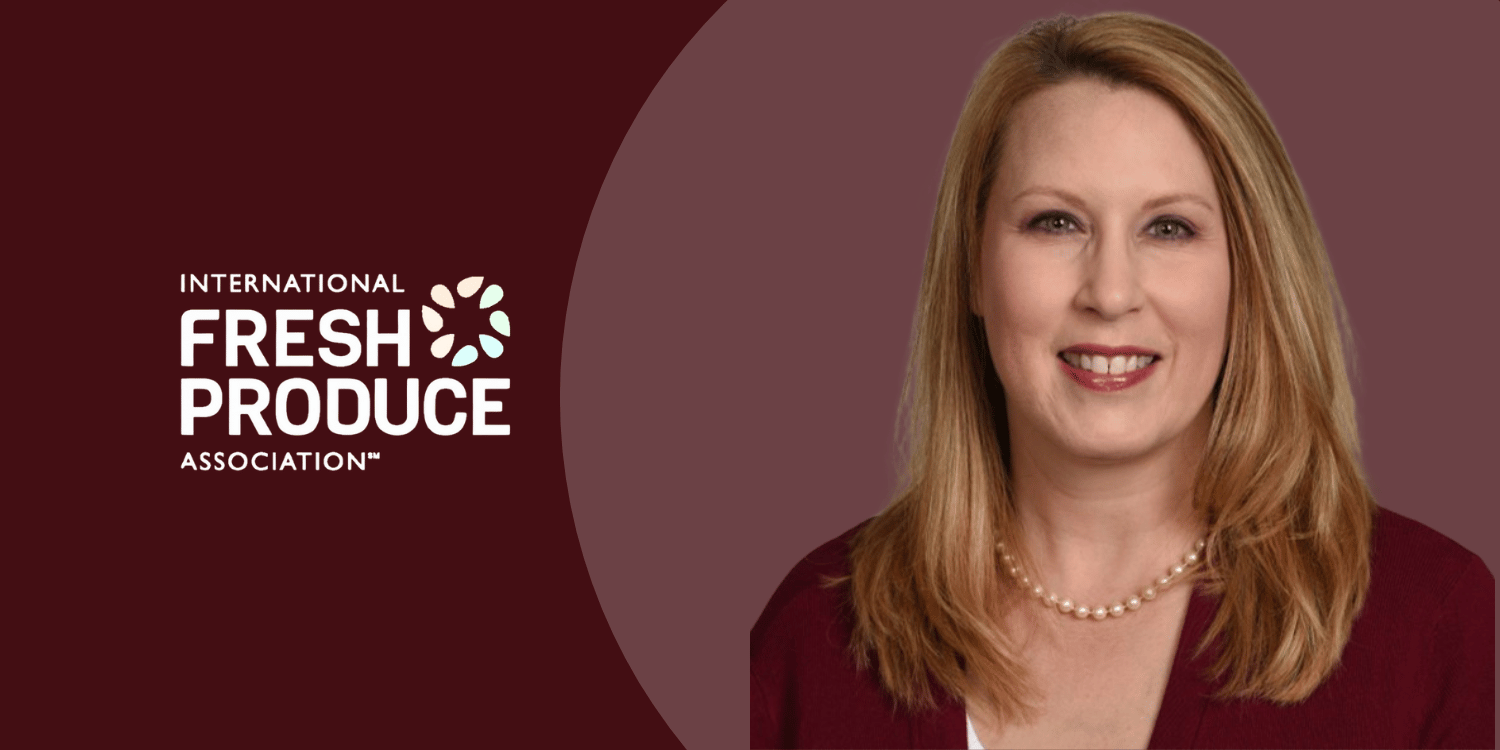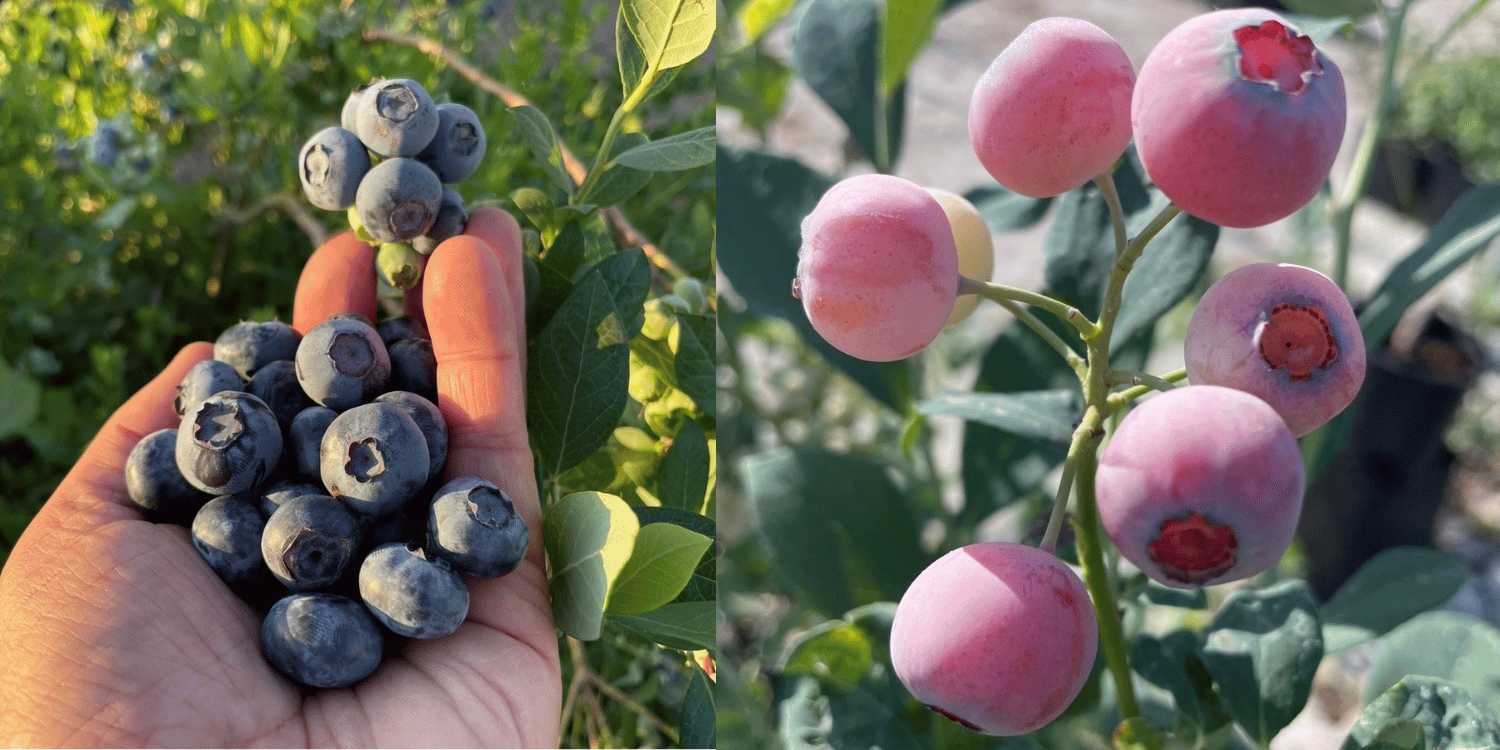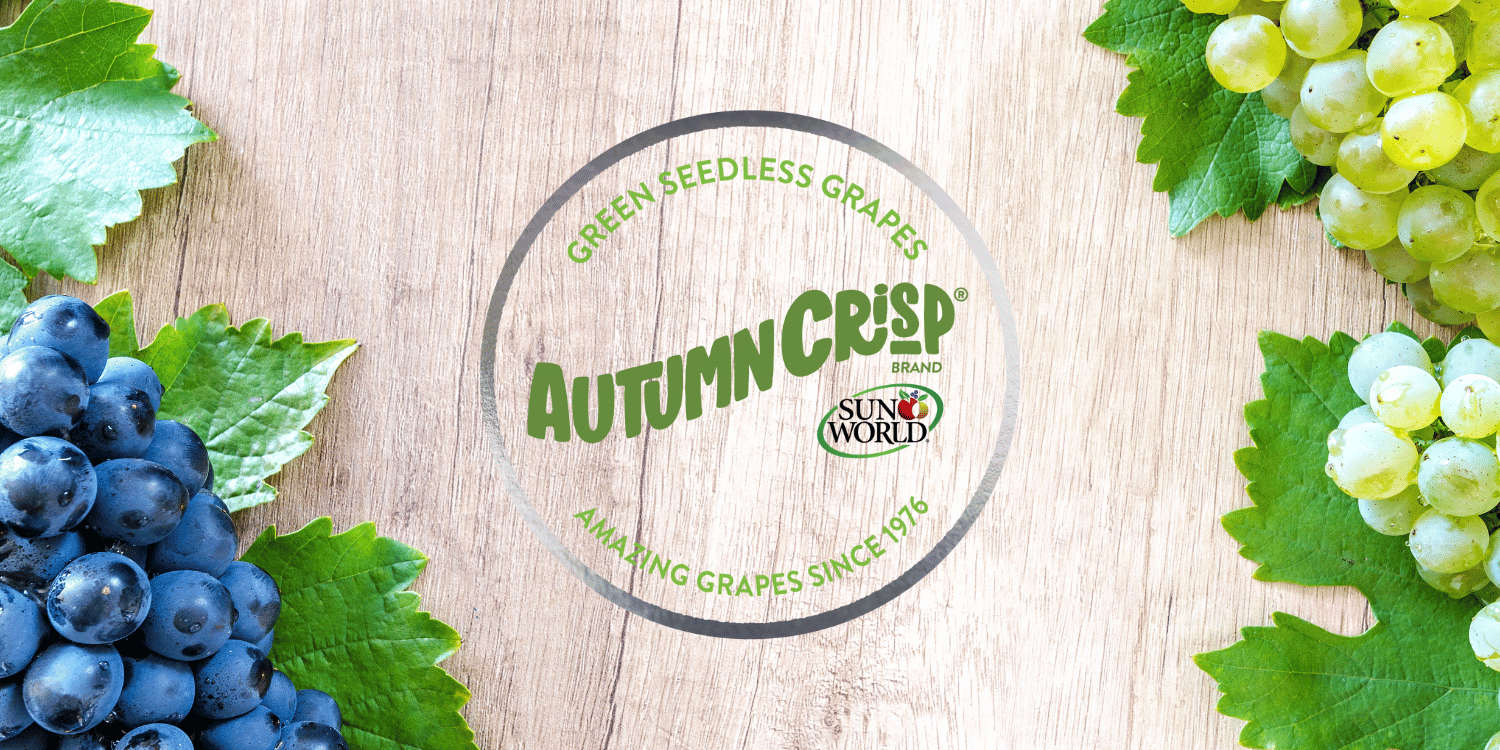The health impact of the food we consume has driven many of us to make more informed choices in our diet.
Among these decisions is the pivotal question of whether to opt for organic or conventional produce.
The focus generally leans towards nutritional benefits and environmental implications.
However, the financial aspects surrounding this decision remain largely unexplored.
In a world where cost-effectiveness is key, thoroughly understanding the economics of our food choices becomes a priority.
This analysis aims to shed light on the cost differences linked with organic and conventional farming.
- Organic produce usually has higher costs compared to conventional.
- Conventional farming uses more cost-effective pesticides.
- Organic produce necessitates expensive certification.
- Scale of conventional farming drives prices down.
- Labor methods for organic farming are more costly.
In the following sections of this article, we will not only cover differences in costs alone.
There are many more topics that are intrinsically tied to the world of organic and conventional produce such as their nutritional values, impacts to environment and health considerations.
Unraveling these topics will help you develop a more rounded understanding and equip you with the knowledge to make well-informed decisions when shopping.
Let’s continue to learn next about how the farming methods affect nutritional contents of your food, which is equally important to consider in addition to the costs.
Contents
- Differences Between Organic And Conventional Produce Costs
- 1. Organic generally costs more
- 2. Conventional uses cheaper pesticides
- 3. Organic Requires Expensive Certification
- 4. Conventional farming scales prices down
- 5. Organic uses costlier labor methods
- 6. Conventional Produce Has Longer Shelf Life
- 7. Organic Soil Management is Pricier
- 8. Conventional Produce has Cheaper Seeds
- 9. Organic has less yield per acre
- 10. Advertising Costs are Higher for Organic
- The Bottom Line
Differences Between Organic And Conventional Produce Costs
1. Organic generally costs more
In Short: Organic produce typically costs more due to labor-intensive farming methods, longer grow times, costly certification procedures, and lower yields. Despite the higher price, purchasing organic supports sustainable farming, offers food free from synthetic pesticides and GMOs, and presents various benefits that many consumers find justifiable.
The price disparity between organic and conventional produce is a topic of frequent discussion among consumers.
It’s common knowledge that organic produce tends to be more expensive in comparison to its conventional counterpart.
This cost difference is attributed to a variety of factors that are uniquely characteristic to the organic production process.
The organic farming techniques employed to produce these goods are inherently cost-effective and necessitate more time and resources, which is reflected in the pricing.
Now, let’s dig in into some of the key factors that contribute to the higher cost of organic produce.
- The methods used in organic farming are labor-intensive, requiring substantially more time and effort than conventional farming.
- Due to the use of natural fertilizers and pest-control methods, the grow time for organic produce is longer, contributing to increased costs.
- Organic farmers have to meet strict standards and undergo expensive certification procedures to achieve a certified organic status.
- The yield of organic farms per acre is often less than that of conventional farms, creating higher costs per unit of produce.
Owing to these reasons and more, shoppers often find themselves paying a premium for organic produce at grocery stores.
This significant price difference sometimes results in consumers viewing organically grown produce as a luxury item beyond the reach of many budgets.
However, it’s essential to note that the additional expense of organic produce often translates into a reassuring guarantee that the food you consume is free from synthetic pesticides and genetically modified organisms.
Moreover, by purchasing organic produce, consumers are supporting sustainable farming practices that benefit the environment by preserving soil health and biodiversity.
While it’s accurate that organically grown produce comes with a heftier price tag, it also offers numerous tangible and intangible benefits that justify the added cost for many consumers.
Nonetheless, it’s up to each individual to weigh the costs and benefits and choose what fits within their budget, dietary preferences, and ethical considerations.
By understanding why organic foods cost more, consumers can make informed choices about the food they choose to put on their tables.
2. Conventional uses cheaper pesticides
In Short: Conventional agriculture employs cheaper, synthetic pesticides to maintain crop health and yield, despite potential environmental and human health risks. In contrast, organic farming utilizes costlier but more sustainable pest control methods, avoiding synthetic pesticides and the issue of pest resistance over time.
Among the many factors that differentiate conventional agriculture from its organic counterpart, the use of pesticides is a significant one. Conventional farming employs cheaper pesticides to maintain crop health and yield.
This practice stems from economic necessity, with farmers having to optimize production costs. There’s a myriad of pesticides available, and those most commonly used in conventional farming happen to be less costly.
It’s a point of contention, however, as these cheaper pesticides often contain synthetic chemicals, which are typically absent in organic farming.
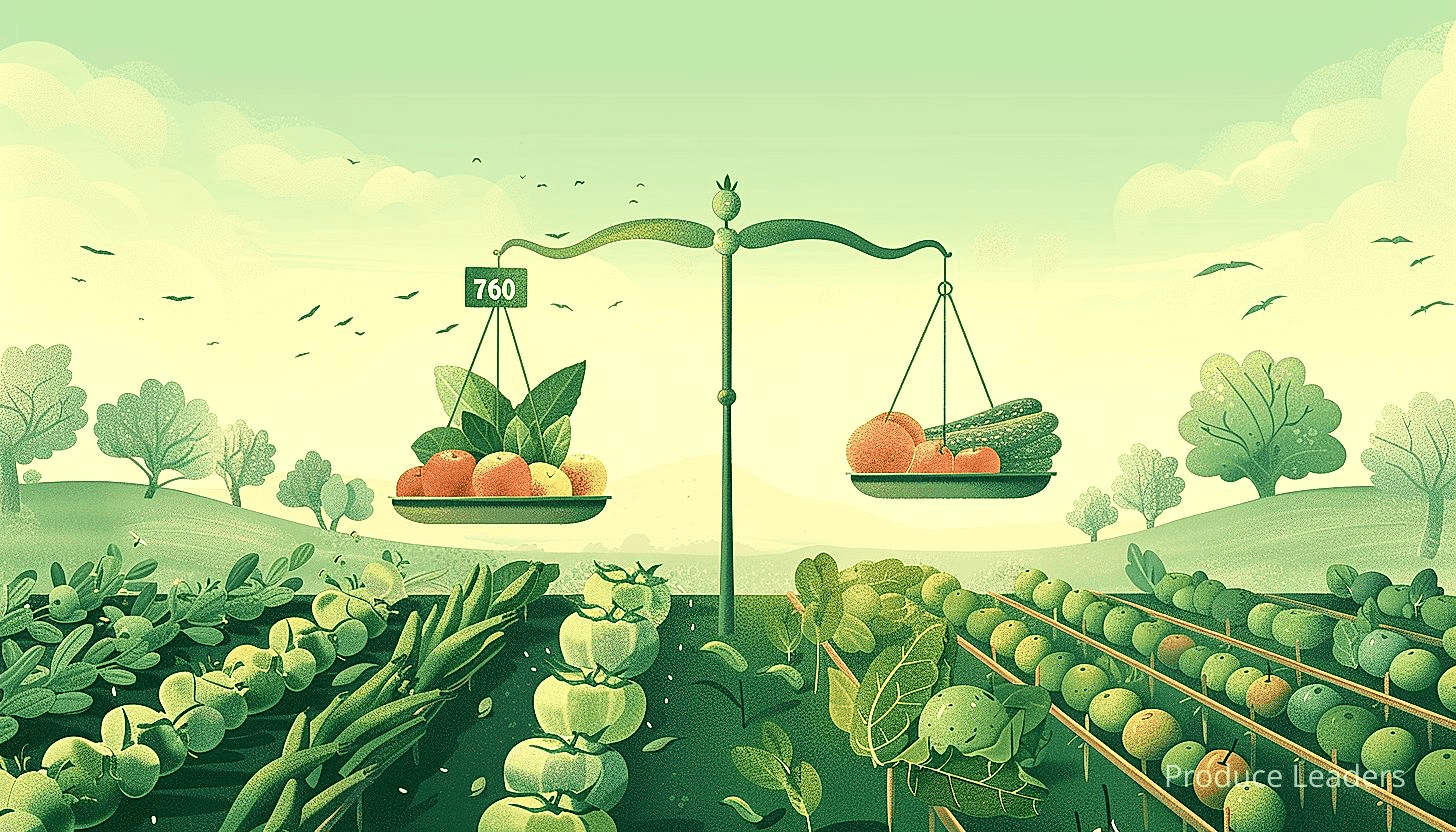
There’s a broad consensus among scientists and farmers alike that these synthetic ingredients can have detrimental environmental and human health effects.
In particular, they may contribute to water pollution, decrease biodiversity, impact non-target species, and even pose direct health risks to those who come into contact with them.
Conventional farmers argue, though, that these risks can be managed effectively through responsible use and government regulation.
On the other hand, organic farming prohibits the usage of most synthetic pesticides, instead, employing alternative techniques such as natural pest control methods and crop rotation.
These practices ensure a healthier, more sustainable agricultural system, but they often come with higher costs.
Now, let’s talk about some of those cheaper pesticides commonly used in conventional farming.
- Synthetic Pyrethroids: These are widely used because of their effectiveness against a broad range of pests, longevity, and low cost.
- Organophosphates: Although being phased out due to potential health risks, these are still prevalent due to their affordable price and broad-spectrum efficacy.
- Glyphosate: Known commercially as Roundup, this is among the most commonly used herbicides globally due to its affordability and comprehensive weed control.
These pesticides, while cost-effective, have become a major source of debate due to the potential risks they present. In the end, it’s a balancing act between cost and safety, with farmers assessing their own risk tolerance and market demands.
Regulations also play a key role in shaping this landscape. In most countries, the approval process for synthetic pesticides is rigorous, requiring extensive testing and evaluation.
Thus, while a certain pesticide may be cheaper upfront, the underlying costs (both monetary and otherwise) must be considered.
One also has to take into account the potential for pesticide resistance, a growing issue in conventional farming.
Increased exposure to these common, cheaper pesticides may lead pests to develop resistance, rendering these pesticides useless over time and driving up costs.
Pro Tip: Consider the environmental and health implications alongside the economic benefits when using cheaper synthetic pesticides in conventional farming.
In contrast, organic farming’s approach tends to encourage a more diverse ecosystem, limiting the potential for resistance and maintaining the effectiveness of pest control methods over time.
Indeed, conventional farming’s use of cheaper pesticides is a complex issue that challenges us to consider not just the economic implications but the environmental and health ones as well.
3. Organic Requires Expensive Certification
In Short: Transitioning from conventional to organic farming involves a costly, intricate certification process which includes strict testing, rule compliance and time investment over several years. Despite its immediate financial challenges, the certification provides assurance of quality and safety to consumers, and long-term profitability to farmers, making it a worthwhile investment.
The demand for organic produce has seen a significant increase in recent years. However, transitioning from conventional farming to organic is not a simple process. It involves stringent testing and certification procedures that often come with a hefty price tag.
The certification process varies based on different regulatory bodies, but fundamentally, they are designed to ensure that everything from the seeds planted to the methods employed matches the standards set for organic farming.
Agriculturist must abide by the rules regarding pesticides and fertilizers, and often must resort to more expensive, natural alternatives to meet the standards.
The most significant factor contributing to the higher costs of certification is the time investment. Transitioning a conventional farm to an organic one often takes several years, during which the land must be cultivated without the use of prohibited substances.
During this period, though they are adhering to organic practices, the farmers can’t label their produce as such and can’t therefore demand a premium price for that. This results in a kind of financial black hole for the farmers, which adds up to the high cost of organic certification.
Further, changes to infrastructure might also be needed, such as new machinery or equipment for organic farming, which once again adds to the cost.
The certification process doesn’t end after receiving the initial certificate. There are ongoing costs associated with maintaining the certification. This requires regular audits and renewal of the certification every year or couple of years depending upon the certifying agency.
To give you more insights into the certification process, here are some key aspects:
- Organic Plan: Each farm must have a detailed organic plan that covers all aspects of cultivation from field to table.
- Record Keeping: Detailed records of all farming activities must be maintained for several years.
- Inspection and Surveillance: Regular inspections and surprise visits by certifying agencies keep the farmers on their toes.
- Renewal: The certification is not a one-time thing. It must be renewed periodically, ensuring continued adherence to organic standards.
While it’s clear that the process of organic certification is rigorous and cost-intensive, it’s important to consider the long-term benefits and impact. Yes, organic certification can be costly, but it also provides a guarantee to consumers about the quality and safety of the produce they are purchasing.
Moreover, once certified, farmers can demand a premium for their produce, increasing their long-term profitability.
The high costs associated with organic certification are a major reason for the higher costs of organic produce when compared to conventional produce. It’s not merely a label, but a sign of quality assurance, stringent farming practices and a commitment to a more sustainable future.
The organic certification process may involve a higher initial investment, but in the long run, the return on investment benefits not only the farmers, but also the consumers, and most importantly, the environment.
4. Conventional farming scales prices down
In Short: Conventional farming methods, utilizing large scale production and mechanized techniques, are more cost-effective than organic farming, hence offering more affordable produce. However, one must consider the potential long-term environmental and health impacts when comparing these two farming methods.
When it comes to the cost of produce, conventional farming methods have the undeniable advantage of being significantly less expensive than their organic counterparts. This difference in cost is primarily a result of the scale on which conventional farming operates.
The economies of scale principle states that as the volume of production increases, the cost of producing each individual unit decreases. This is a principle well-utilized in conventional farming.
Through mass production techniques, conventional farmers are able to produce large quantities of crops quickly and for less money. This large-scale operation allows them to spread their investment in infrastructures, machinery, and labor over a greater volume of produce, thereby reducing the cost per unit.
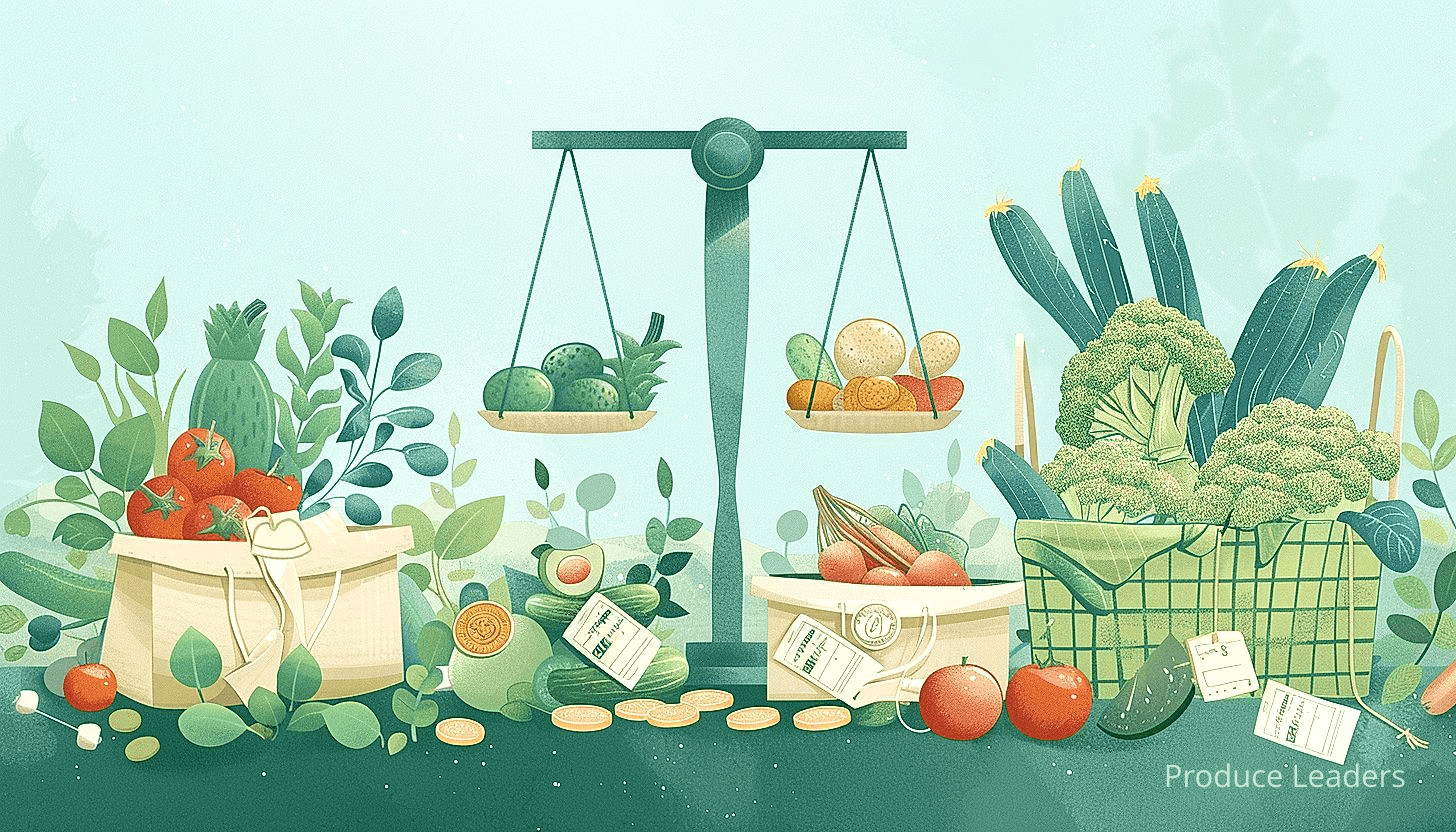
Conventional farmers also often employ mechanized farming techniques, such as large tractors and combine harvesters, to expedite the cultivation and harvesting processes. This mechanization, which would not be possible on small, organic farms, reduces labor costs and again, scales down prices.
Now in the middle of our discussion it makes sense to review the specific ways that conventional farming can scale down costs. For clarity, we can list the main cost reducing factors:
- Large scale production:
- Mechanized farming techniques
- Use of inexpensive pesticides and fertilizers
- Longer shelf life of produce, leading to fewer losses
- Lower marketing costs due to consumer familiarity
The use of inexpensive, yet effective, pesticides and fertilizers is another currently debatable method by which conventional farming reduces costs. By protecting crops against pest infestations and boosting their growth, these chemical agents enable a larger yield at harvest time, effectively driving down the price of the produce.
Additionally, the longer shelf life of conventionally farmed produce compared to organic foods, means that retailers are less likely to suffer losses as a result of spoilage. This extends the sales window, allowing more time for goods to be sold and thus reducing the need for price hikes to cover losses.
Lastly, conventional farming benefits from lower marketing costs. As most consumers are already familiar with conventionally grown foods and their products, there is less need to invest heavily in education or awareness campaigns like organic brands often do. This again, contributes towards the overall scaled down pricing seen in conventional farming.
Important: Conventional farming methods, through the use of economies of scale, mass production techniques, mechanized farming, inexpensive inputs like pesticides and fertilizers, longer shelf life of produce, and lower marketing costs, significantly bring down the cost of produce, making it more affordable for most consumers.
In summary, it is clear that the use of conventional farming methods, from the employment of economies of scale to the use of inexpensive inputs and procedures, play a critical role in driving down the cost of the final produce, making it generally more affordable for the average consumer.
However, it is important to remember that whilst the upfront cost is often less, the potential long-term impacts and costs associated with environmental sustainability and health should also be carefully considered when comparing conventional versus organic farming methods.
5. Organic uses costlier labor methods
In Short: Organic farming practices utilize costlier, labor-intensive methods which increase the price disparity between organic and conventional produce. These labor methods, while more expensive, are key for long-term agricultural sustainability and balance between human needs and habitat preservation.
The labor methods deployed in organic farming, unlike those in conventional farming, have been found to be quite expensive. This fact has a considerable impact on the overall cost of organic produce, undoubtedly contributing to its higher price tag, and thus widening the cost disparity between organic and conventional produce.
One reason for the higher labor costs involved in organic farming is the method’s inherent labor intensiveness. Organic farming requires more hands-on work and care to manage. It doesn’t simply imply avoiding the use of synthetic chemicals, but involves a holistic and cyclic approach to agriculture, which more often than not, necessitates human involvement and hence, calls for increased labor.
Organic farming methods also include processes such as crop rotation, composting, and the use of cover crops, which can be labor-intensive and require the need for skilled labor. These processes help to enhance soil fertility and prevent soil erosion but demand more of farmers’ time and energy.
This complex cycle of labor is employed to create a symbiotic environment that can self-regulate and control pests and diseases, reducing the need for artificial pesticides or fertilizers.
Before delving deeper into these labor methods, let’s try to understand why these methods are costlier. Here is a quick look at some of the cost-driving aspects:
- Size of the farm: Organic farms tend to be smaller in size, which means, more labor is required per acre as compared to larger conventional farms.
- Intensive care: Maintaining an organic farm requires extra care. Additional labor is required to control weeds manually, compost, apply natural fertilizers and pest management.
- Skilled labor: The nature of organic farming requires a deep understanding of natural cycles and biological interactions which can necessitate the need of more expert hands.
In contrast, conventional farming relies heavily on machinery and synthetic chemicals to automate as much of the farming process as possible, reducing labor costs. For instance, herbicides are used for weed control, thereby reducing the need for manual hoeing or hand-weeding.
Further, the inability to use certain conventional farming tools that may significantly reduce labor expenses, such as certain machinery or herbicides, can increase labor costs for organic farming.
The implementation of these labor-intensive practices in organic farming is based on principles of sustainability and preservation of the environment. They might be costlier, but they are certainly beneficial for our health and ecosystems.
Therefore, while organic farming does utilize more costly labor methods, it’s pivotal to remember that these practices contribute to the long-term sustainability of agriculture. Indeed, they are integral to creating a balance between human needs and the preservation of natural habitats.
That said, the economics of farming, whether organic or conventional, are dependent not only on labor costs but on various other factors which we will continue to explore.
6. Conventional Produce Has Longer Shelf Life
In Short: Conventional produce, grown by traditional farming techniques, boasts a longer shelf life due to additives and chemical treatments. While the delayed degradation is appealing to stores and customers, the health risks and environmental impact of synthetic chemicals are considerations leading some consumers to prefer organic alternatives.
Within the realm of agriculture, there are notable distinctions between conventional and organic produce, one such difference being the merited shelf life.
Conventional produce, also recognized as traditionally-farmed produce, is reported to have a longer shelf life in comparison to its organic counterpart.
This attribute is primarily due to the antibiotics, preservatives, and other synthetic additives that conventional farming employs.
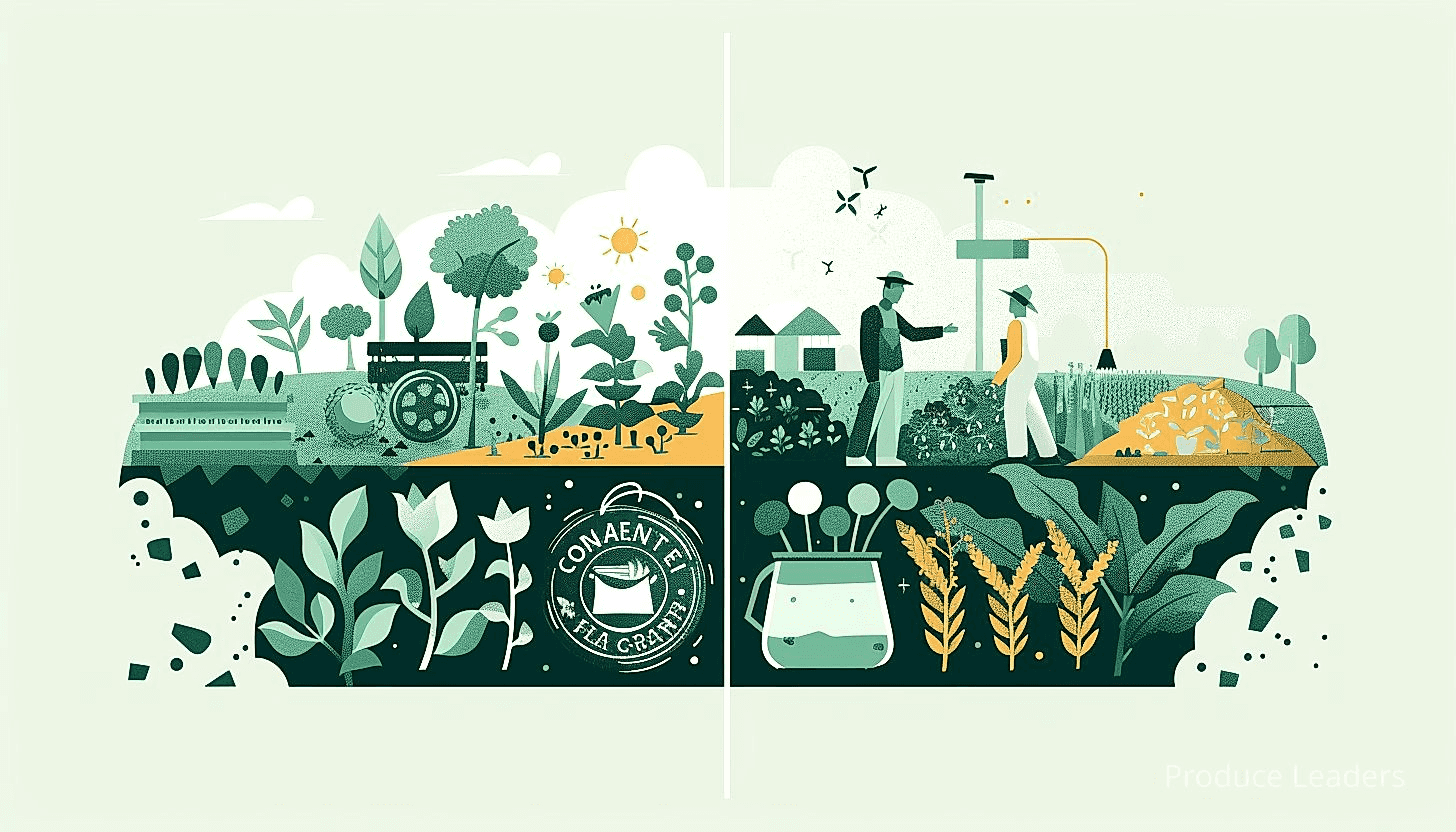
Chemical preservatives are often part of the package with conventional farming, significantly increasing product longevity and improving visual appearance by delaying the ripening process.
Many stores and consumers, for practical reasons, prefer produce that won’t spoil as quickly, which gives the upper hand to conventional produce when it comes to shelf life.
At this point, I would like to dig in into some of the ways how conventional farming techniques enhance the shelf life of produce:
- Chemical treatments delay degradation and encourage longer storage.
- Artificially controlled ripening makes products reach consumers in the ‘perfect’ state, further extending their lifespan.
- Post-harvest treatments like irradiation, fumigation, and heat treatment exterminate potential disease-causing organisms and pests.
Now that we’ve highlighted these points, it’s also important to note that along with a longer shelf life, conventional farming introduces potentially harmful substances to our food system.
Many consumers find value in knowing their produce was grown without the use of harmful pesticides, synthetic fertilizers, and genetically modified organisms, even if that means the product will have a shorter shelf life.
It can be argued that while conventional produce may have a longer shelf life, the trade-off is the potential health risks associated with consuming toxins and chemicals.
Moreover, although conventional farming offers greater product stability, it does so at the expense of the environment, contributing to pesticide accumulation and biodiversity loss.
The preference between organically and conventionally produced items boils down to a trade-off between product longevity and wholesome practices.
Although conventional farming takes the helm in shelf-life longevity, organic farming touts the advantages of being free of synthetic chemicals and genetically-modified organisms.
Both farming methods serve their own purposes and cater to different sets of consumers.
The choice of consuming organic or conventional food is not one-size-fits-all, and thus depends on one’s personal values, health considerations, and budgeting constraints.
7. Organic Soil Management is Pricier
In Short: Organic soil management practices, including composting and crop rotation, contribute to healthier soils and improved biodiversity but come at a higher cost. These costs encompass composting materials, labour, lost revenue from fallow periods, and certification, raising the price of organic produce.
As we dig in into the world of organic farming, it’s important to note a crucial – and often pricier – aspect of the process: soil management.
The nature and quality of the soil can greatly influence the quality and health of the crops grown.
This is even more true for organic farming, where the soil itself is considered a living entity that needs to be nourished and cared for.
While conventional farming practices often resort to applying synthetic fertilizers to provide necessary nutrients, organic farming takes a different approach.
In organic farming, the focus is on using compost, green manure, and crop rotation to manage soil health.
These methods, while beneficial to the soil and environment, can be more time-consuming and costly than the synthetic counterparts used in conventional farming.
For instance, creating a compost heap requires a mix of organic waste materials, time for decomposition, and a fair amount of manual labour to turn the heap regularly.
This not only requires more labour but also more time, which consequently could lead to higher financial costs.
Another aspect of organic farming’s soil management strategy involves the use of cover crops or green manure.
The purpose of this is twofold: not only does it prevent soil erosion and weed growth, it also increases the organic matter and nutrient content in the ground.
However, the trade-off is a substantial period where the land isn’t actively producing saleable crops, thus representing potential lost revenue for the farmer.
Here’s a brief overview of some of the key cost factors associated with organic soil management:
- Cost of composting material: Gathering the required organic waste for composting can be a costly endeavour.
- Labour costs: Labour-intensive practices, such as composting and crop rotation, can lead to higher wage expenses.
- Lost revenue: The practice of leaving fields fallow or growing cover crops can represent a loss in potential revenue, as this time could have been spent growing saleable crops.
- Certification costs: Organic farms often have to meet stringent soil quality standards, which can result in additional testing and certification costs.
In summary, while organic soil management strategies may be beneficial to the soil and the overall environment, they often come at a higher financial cost to the farmer.
From the purchase of composting materials to increased labour costs, and even lost revenue from leaving fields fallow, these elements all contribute to the higher price tag associated with organic produce.
Pro Tip: Remember, organic farming practices such as composting, green manure, and crop rotation, while environmentally beneficial, can be more time-consuming and costly, thereby contributing to the higher price tag of organic produce.
It is, however, necessary to consider that the benefits of these practices go beyond mere economics.
They contribute to healthier soils, improved biodiversity, and a more sustainable food system, benefits that many deem to carry a value beyond financial measurement.
8. Conventional Produce has Cheaper Seeds
In Short: Conventional seeds, mass-produced through industrial mechanisms, are more affordable than organic seeds, which are grown under strict conditions raising their production cost. However, while conventional seeds are cheaper, their environmental and health costs alongside factors like personal beliefs, health considerations and environmental consciousness complicate the true cost comparison.
When we consider the cost dynamics of organic and conventional farming, one essential economic factor that often slips under the radar is the price of seeds.
Interestingly, conventional farming has a significant edge in this domain as conventional seeds are typically cheaper than their organic counterparts.
This stark price distinction is rooted in the ways these seeds are produced.
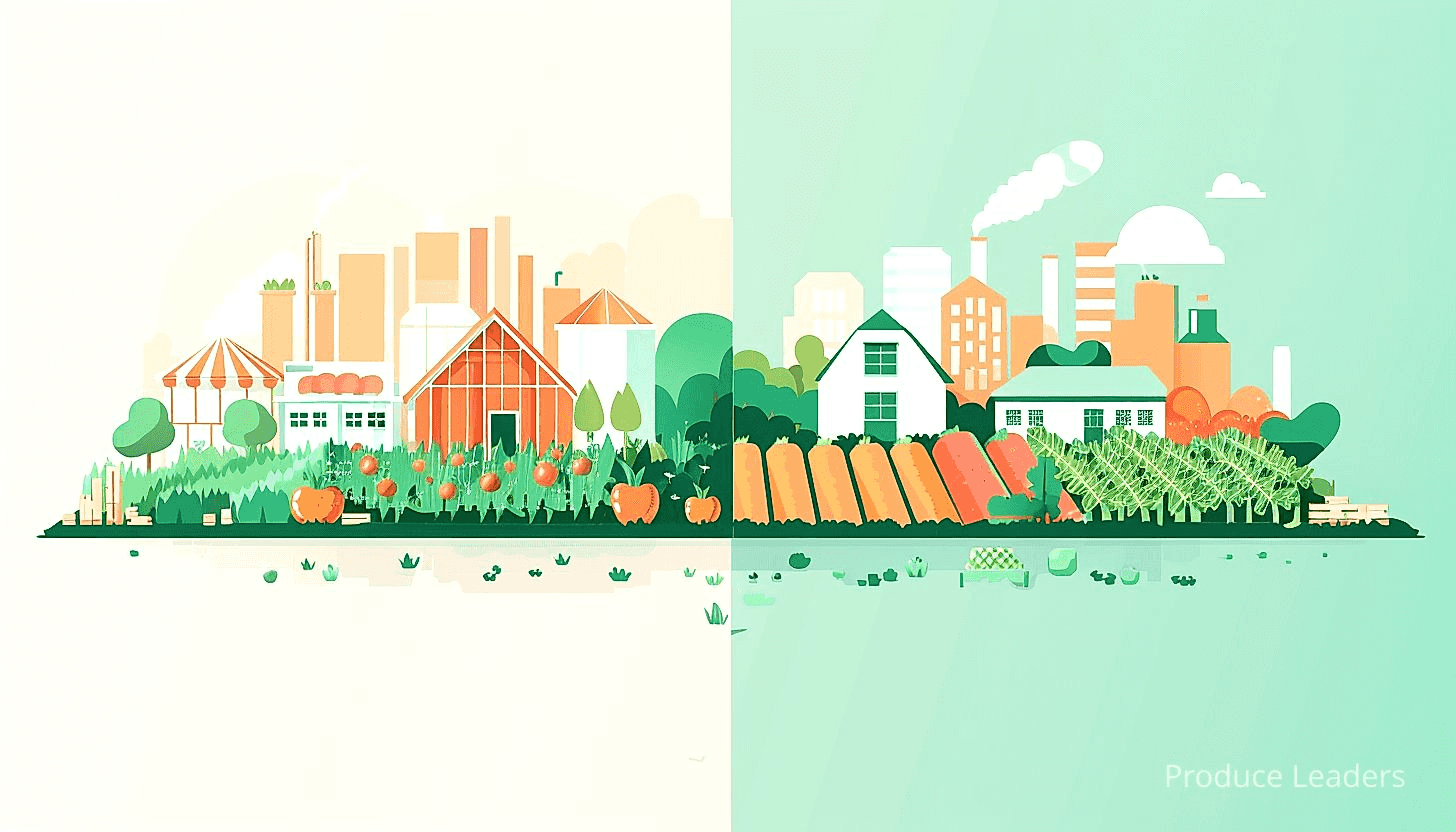
Traditional conventional seeds are mass-produced using highly sophisticated industrial mechanisms that boost productivity and bring down the cost.
On the other hand, organic seeds are produced under highly controlled environments to maintain the integrity of the organic label. These stringent conditions unquestionably lead to a substantial increase in the production cost of these seeds.
Inevitably, the underlying cost gets transferred to the final consumer, making organically grown produce more expensive.
To give you a better understanding, here is a comparison of some factors that contribute to the pricing of conventional and organic seeds:
- The scale of production: Conventional seeds are mass-produced, reducing overall costs. In contrast, the scale of organic seed production is much smaller.
- The resource requirements: Production of conventional seeds requires less control compared to organic seeds where the use of pesticides is not allowed.
- The research and Development: Conventional seeds utilize commercial growth techniques developed over decades, whereas organic seeds embrace a more conservationist and experimental approach.
These price dynamics are indicative of how seed costs affect the overall prices of conventional and organic produce.
However, it is essential to understand that the ‘lower cost’ of conventional seeds does not necessarily mean they are ‘cheaper’ in a broader context.
Many critics argue that the price of conventional seeds does not account for the environmental and health costs related to their production and usage of synthetic fertilizers and pesticides.
On the contrary, although organic seeds may have a higher up-front cost, they contribute to a more sustainable agricultural system that significantly reduces these long-term environmental and health costs.
Hence, while it is true that conventional farming has the advantage of cheaper seeds, the costs associated are not as straightforward as they appear on the surface.
Important: Conventional seeds are typically cheaper than organic ones due to factors such as mass production, less resource requirements, and established growth techniques, but this doesn’t account for environmental and health costs associated with their production and use.
Furthermore, the choice between organic and conventional farming is not merely an economic decision. It involves a complex interplay of factors including personal beliefs, health considerations, and environmental consciousness.
Therefore, while the cost of seeds indubitably plays a critical role in the pricing differences between organic and conventional produce, it is not the sole determining factor.
9. Organic has less yield per acre
In Short: Organic farming methods yield less per acre than conventional farming, due to environmentally considerate yet less efficient methods like limited use of synthetic fertilizers and promotion of biodiversity. This lower yield and labor-intensive methods contribute to the higher costs of organic farming, despite its environmental and health benefits.
The reality of organic farming methods manifests in less yield per acre compared to conventional farming.
This is primarily due to the fact that the methods employed in organic farming, while being environmentally considerate, are not as efficient in terms of output as those of conventional farming.
Organic farming foregoes using most synthetic fertilizers and pesticides, leaning instead on natural alternatives that are often less potent, leading to reduced crop yield.
The organic way of farming also promotes biodiversity which, though beneficial for the ecosystem, can limit the amount of crop that can be planted per acre.
Furthermore, organic farming often involves traditional methods of farming such as crop rotation, manual weeding, and natural pest control, which can be less efficient and thus reduce productivity.
Let’s now dig in into some of the key factors that contribute to the lower yield in organic farming:
- Natural Fertilizers: Organic farming uses natural fertilizers such as compost and green manure which release nutrients slowly, this often leads to lesser yield.
- Absence of Synthetic Pesticides: Without synthetic pesticides to combat pests, crop loss can be significant, reducing overall yield.
- Biodiversity: Organic farming encourages growing multiple crops on the same land, sacrificing monoculture (growing large amounts of a single crop), which impacts yield.
In stark contrast, conventional farming, armed with its synthetic fertilizers and pesticides, maximizes yield, albeit often at the expense of the environment and long-term soil health.
It’s also worth noting that the lower yield in organic farming contributes to its higher costs.
Since organic farms produce less per acre, they need to charge more for their produce to maintain profitability.
Moreover, as already mentioned, organic farming uses more expensive, labor-intensive methods, which further compounds the cost and ultimately affects the yield.
However, it’s important not to discredit the value of organic farming despite its lower yield.
While it’s less efficient in terms of production, it brings immense benefits for the environment, public health, and the maintenance of biodiversity.
Pro Tip: When considering the switch to organic farming, be prepared for a potentially lesser yield per acre due to its nature-centric methods which are less efficient than those of traditional farming.
Surely, in the face of these realities, we can simply hope for innovative strides in organic methods that would increase yield without compromising its principles.
In doing so, we could have a farming system that combines the high yield of conventional farming with the environmental friendliness of organic farming.
10. Advertising Costs are Higher for Organic
In Short: The higher advertising costs for organic products contribute significantly to their high retail price. This is mainly due to the need for more explanatory ads, focused marketing strategies, consumer education, trust-building efforts, and typically higher per-unit advertising costs for small-scale organic producers.
One of the many factors contributing to the cost differences between organic and conventional produce is the cost of advertising.
Organic food producers are often confronted with the necessity of spending more on advertising and marketing to position their products effectively in the competitive market.
Increasing the visibility of their products and educating consumers about the benefits of organic products often requires a substantial investment.
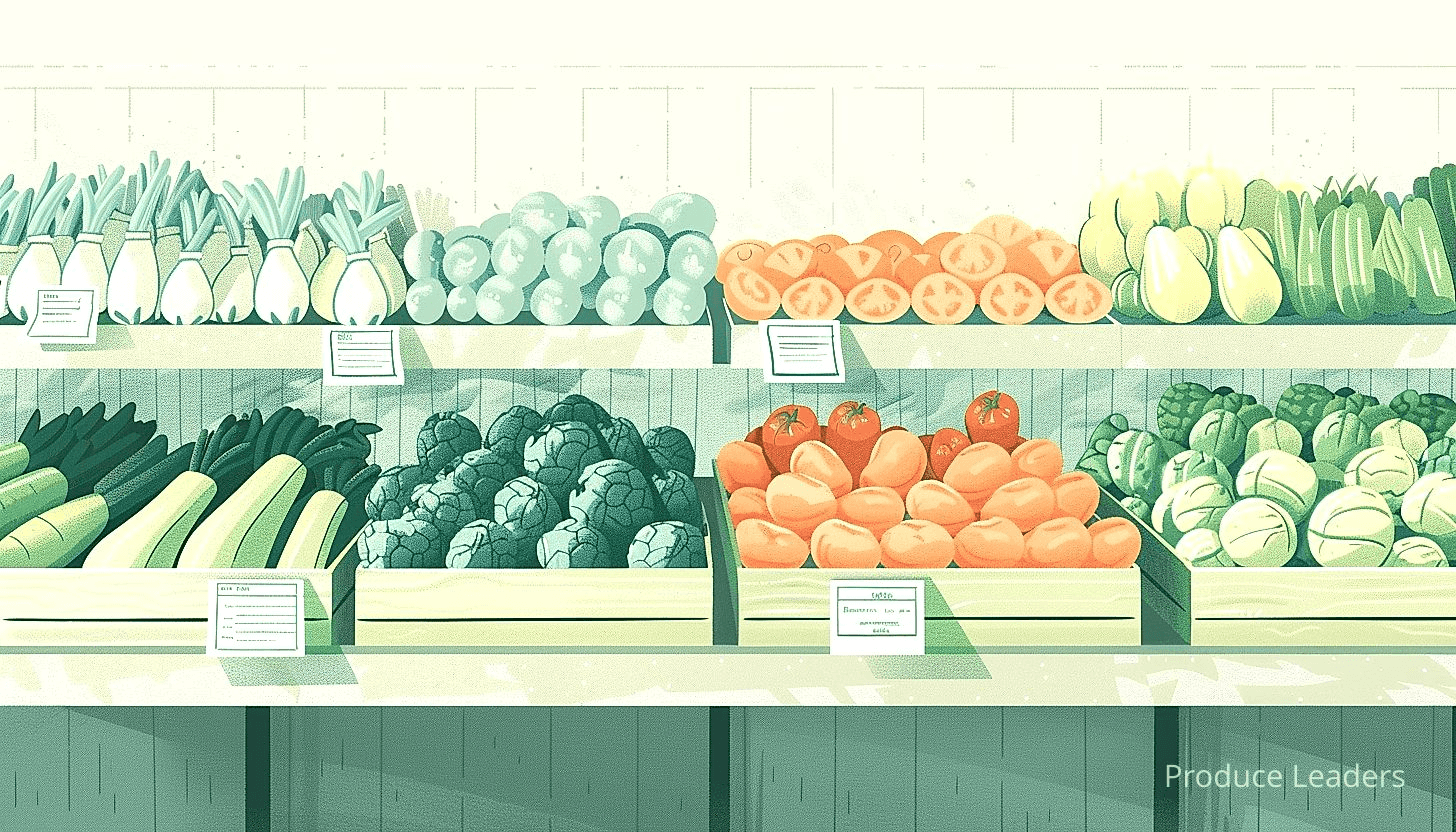
Unlike conventional produce, organic produce is not mainstream, therefore it requires a lot more effort and expense to make consumers aware of their existence and advantages.
This is an example of the cost factors that affect the final retail price of organic produce making it more pricey compared to conventional produce.
Before we dig in into the specifics of why advertising costs are higher for organic, let’s quickly look at the general factors that lead to this:
- Explanatory Ads: The advertisements for organic products often need to be explanatory, detailing the benefits and reasons for the higher costs.
- Target Audience: The target audience for organic products is often a niche group requiring focused and specialized marketing strategies.
- Educational Goals: Organic produce brands usually have to undertake the task of educating consumers, a role that significantly adds to the advertising costs.
- Trust-Building: Building trust among consumers, convincing them about the authenticity of organic products often demands significant advertising expenditure.
This additional expenditure on advertising, to a considerable extent, gets incorporated into the final price of the organic produce, which is ultimately borne by the consumers.
Furthermore, many organic food producers are small-sized companies that do not have the ability to mass produce, resulting in higher individual unit advertising cost as compared to conventional produce which often gets mass-produced by large corporations.
These large corporations have bigger advertising budgets and the capacity to negotiate better advertising rates due to the scale at which they operate, making the advertising per unit cost of their products significantly lower.
Understandably then, organic produce companies, especially smaller ones, find it challenging to compete against these behemoth corporations when it comes to advertising costs.
These factors combined create a scenario where the advertising costs for organic are much higher than that for conventional produce.
While this indeed adds onto the retail price making organic produce more expensive, many consumers are willing to bear this cost for the perceived health and environmental benefits associated with organic products.
It’s crucial for consumers to be aware of these hidden costs and make informed decisions about their food choices.
The cost of advertising, therefore, plays a highly significant role in the pricing dynamics and the resulting differences in the retail prices of conventional and organic produce.
The Bottom Line
After careful examination of both organic and conventional produce costs, it’s clear that they have significant variances. People should take into account health benefits, environmental impacts, farming practices and personal budget when deciding between organic and conventional produce. Organic produce is inherently more expensive due to the farming methods utilized, however, they tend to be more environmentally friendly and potentially healthier. Conventional produce, on the other hand, is more affordable and accessible, but may lack in depth of flavor and nutritional content. At the end of the day, the choice between organic and conventional produce is a matter of individual consumer preference.


